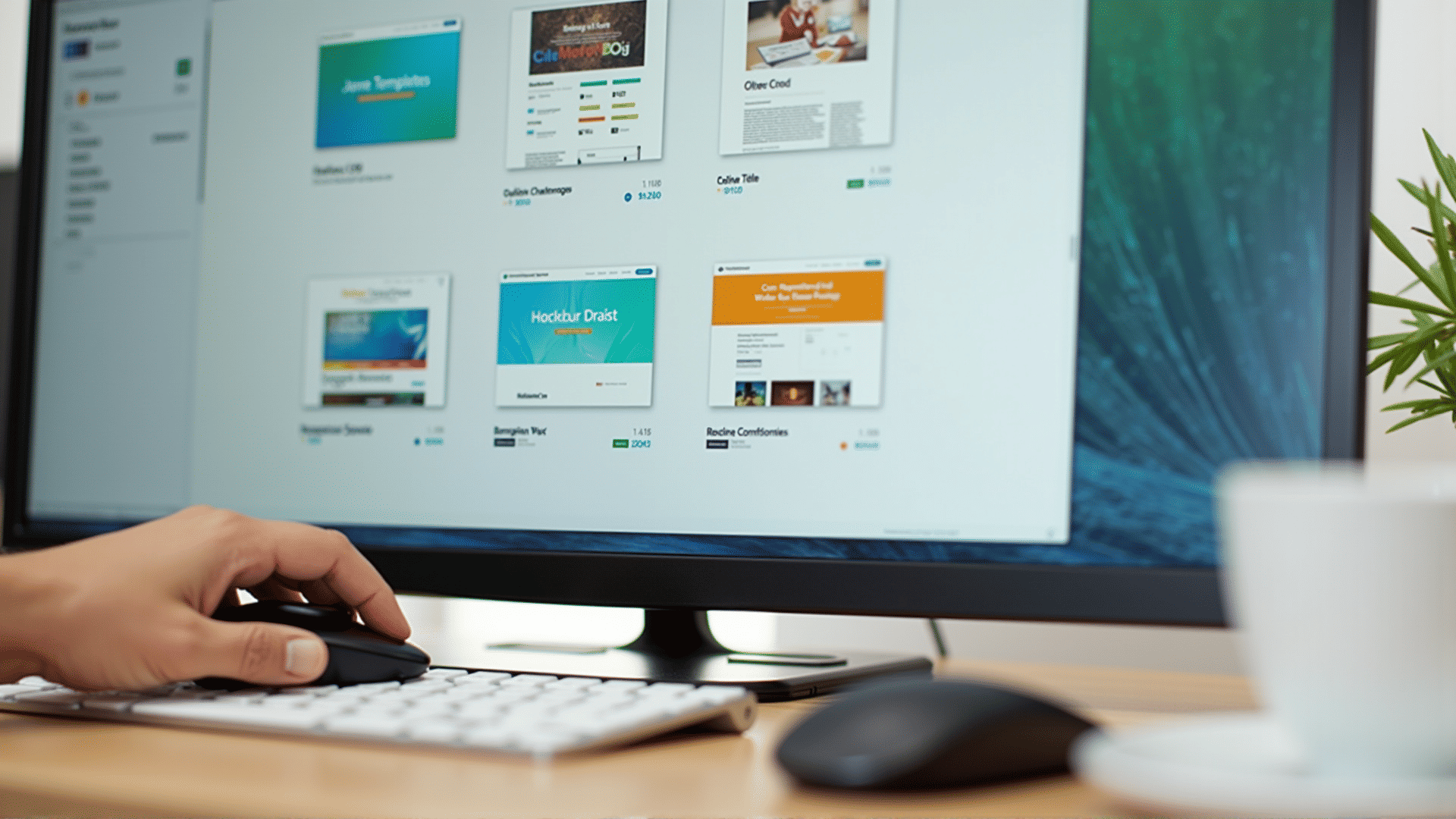In today’s fast-paced world, efficiency is paramount. One way to enhance productivity is by developing personal templates that can streamline tasks, ensuring routine processes are handled with precision and speed. By integrating these templates into your digital toolkit, you can save valuable time and maintain consistency in your activities.
Understanding Personal Templates
Personal templates are pre-formatted setups that allow you to quickly prepare documents, emails, reports, or other frequently used resources. They serve as a blueprint, reducing repetitive tasks by providing a standard framework that can be customized as needed. Whether it's a recurring email structure or a monthly report format, having templates ready can significantly cut down on preparation time.
Building Effective Templates
-
Identify Needs: Start by evaluating tasks you perform regularly. Look for patterns in your workflows. Which documents or communications do you produce frequently? Identifying these will help pinpoint where templates can be most beneficial.
-
Outline Key Elements: Once target areas are identified, outline the crucial elements each template should include. Consider what information remains constant and what needs personalization each time. This balance ensures templates remain flexible yet structured.
-
Choose the Right Tools: Different software platforms offer various options for creating and managing templates. Select the ones that integrate seamlessly with your existing systems. Popular word processors, email clients, and spreadsheet applications often have template features built in.
-
Design for Clarity: When framing your templates, prioritize clarity and simplicity. A clean, easy-to-navigate template minimizes confusion and ensures swift adaptation for any specific task requirements.
-
Test and Refine: Once a template is developed, use it several times to determine its effectiveness. Gather feedback if the templates are for collaborative use, and make adjustments as needed. Regular reviews and refinements allow templates to evolve and meet changing demands.
Implementation Tips
- Categorization and Organization: Keep your templates organized in clearly labeled folders. This categorization by type or function helps in quick access and reduces retrieval time.
- Documentation and Training: Create a brief guide for using each template, especially if shared among colleagues. Clear instructions ensure everyone understands how to utilize templates efficiently.
- Automation Features: Leverage automation to fill in dynamic content. Many digital platforms offer features to automatically populate specific sections of a template with data from databases or previous interactions.
- Stay Updated: Regularly update your templates to incorporate new practices or respond to feedback. Outdated templates can become a hindrance rather than a help.
Advantages of Personal Templates
By implementing personal templates, individuals and teams can enjoy numerous benefits. First, consistency is improved as everyone adheres to the same framework, reducing errors and omissions. Additionally, time saved from repetitive setups can be redirected toward more strategic tasks, boosting overall productivity.
Furthermore, templates encourage a degree of professionalism in all communications and documents, as they set a standard format and ensure essential information is never neglected.
In conclusion, personal templates are a practical asset for anyone looking to maximize efficiency and effectiveness within their workflows. By investing time in creating and managing these templates, you set the stage for smoother operations and enhanced productivity, leaving you more time to focus on creative and higher-value activities.
